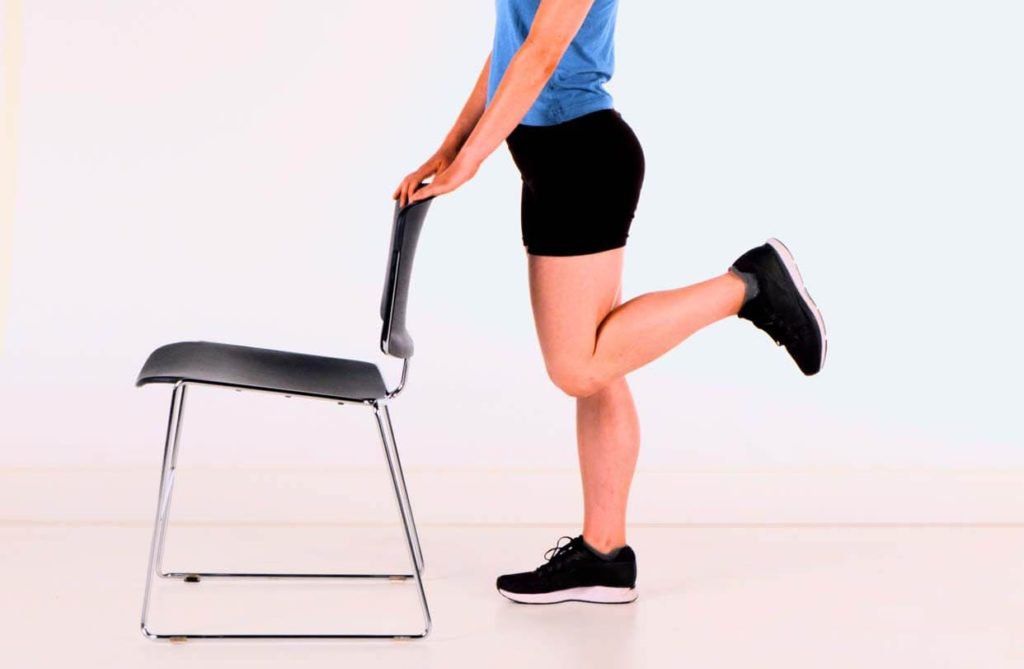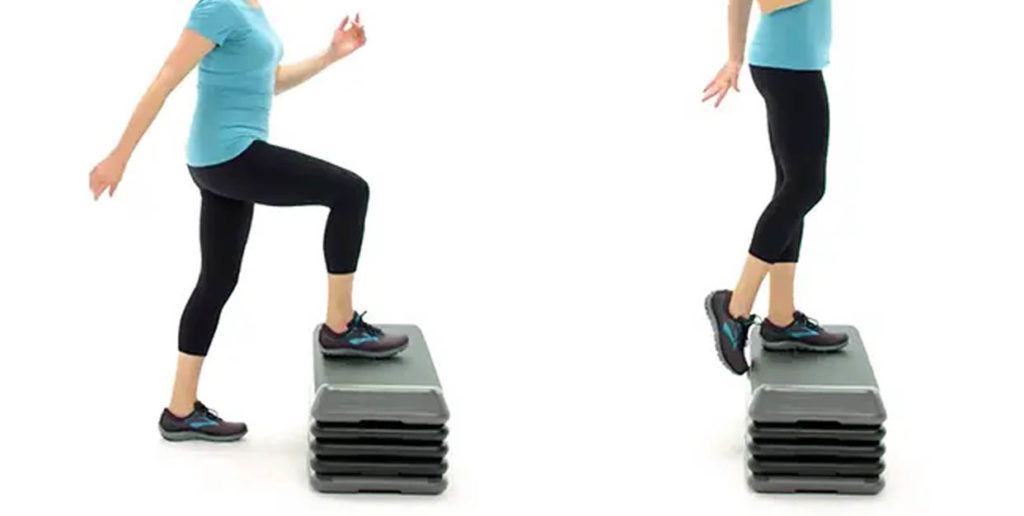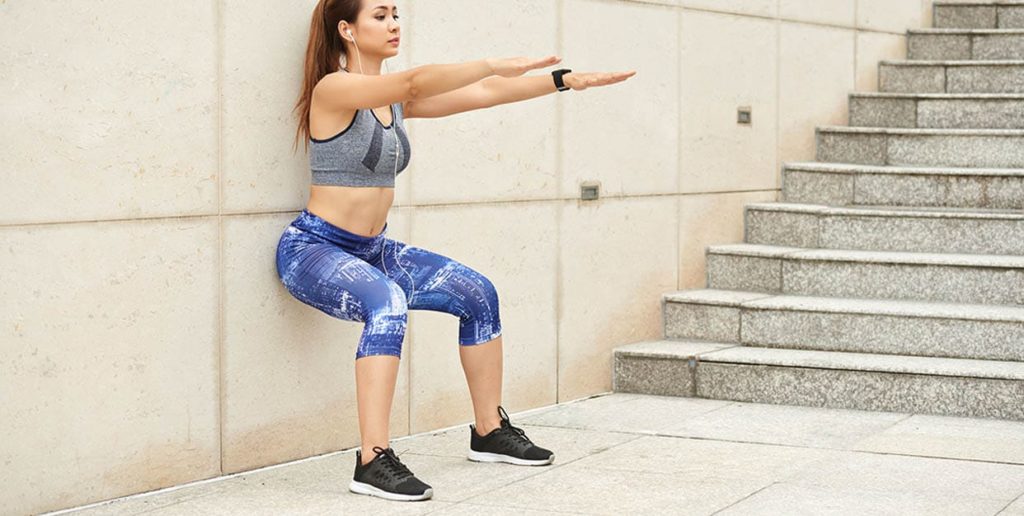Are you stuck at home and need some simple exercises that you can do to take care of your knees? These 3 exercises were developed for arthritis sufferers, but honestly anyone who needs a little activity throughout the day can benefit from these short exercises.
Honestly, when you are stuck in one place all day, everything will start to feel a little creaky. You know the sentence, “You don’t know what you got until it is gone” is true in many aspects of our lives. You may ask, why do we mention this in our blog about knee arthritis? Well, it seems that people think that their knees are the largest joints in the body, which is taken for granted, and only when things get worse do they begin to realize their importance.
Start Your Engines and…Warm-Up!
It’s extremely important to use extra caution when exercising, especially relating to tender joints. A few rules to follow include:
- If you experience pain while exercising, you should stop and consult your doctor.
- In general, anyone with knee pain should consult their doctor prior to beginning an exercise routine.
- But there’s one step that many are tempted to skip – warming up! A few minutes will do.
Why is this warmup routine so important?
Warming up is a way of preparing your body for exercise. The same way as you (should) warm up your car before driving on a cold day. Low-intensity warmups gradually increase heart rate and circulation, so you are better prepared to handle higher intensity exercise.
Taking time to warm up will also increase your body temperature, so you perform like a well-oiled machine.
In addition, as your body temperature rises, your joints will relax and increase blood flow to the muscles. This means less pressure on the joints and tendons.
Ready, Steady, GO!
Here are a few core knee exercises that can help you give some knee-love and maintain and improve your joint’s health.
Standing hamstring curls

- Stand straight with the knees only 1–2 inches apart. Hold on to a stable chair, the countertop, or another object for balance.
- Slowly bend one knee behind the body, lifting the heel off the floor while keeping the thighs aligned. Continue to lift the heel in a smooth motion until the knee bend reaches a 90-degree angle. Keep the straight leg slightly bent to avoid locking it.
- Hold the bent leg up for 5 seconds and then slowly lower it to the floor.
- Repeat two more times with the same leg.
- Switch sides and repeat.
*Make sure not to point the toes or flex the foot on the lifted leg. Allow the foot to remain in a neutral, flat position.
Step exercises

Use a large, sturdy step stool, exercise platform, or even a strong crate you have lying around the house no taller than 6 inches.
- Step up onto the stool with the right foot and allow the left foot to follow behind. The left foot should not be on the stool but should hang behind it.
- Keep the bodyweight on the right foot and hold for up to 5 seconds.
- Slowly lower the left foot down and then follow it with the right foot.
- Switch legs, stepping up with the left foot first.
- Repeat.
*Do not lock the knees during this exercise. The knees should remain slightly bent.
*Do not allow any part of the stepping foot to hang off the stool or platform.
*People who have issues with balance should not perform this exercise.
Benefitting muscles: Quadriceps, hamstrings, hip flexors, and gluteal muscles.
Wall squats

- Stand with the head, shoulders, back, and hips flat against a wall.
- Step both feet out about 24 inches away from the wall, while keeping the back and shoulders against it. Keep the feet no more than hip-width apart.
- Slide your back down the wall slowly until your body is just above a normal sitting position.
- Hold for 5 seconds and then slide back up.
- Repeat.
*Do not squat too low. The knees should not go over the toes.
*Do not use fast, jerky movements. Perform the exercise slowly and smoothly.
Benefitting muscles: Quadriceps and gluteal muscles.
And remember: After exercising any muscle group, it is essential to stretch the muscles. Stretching helps improve flexibility and reduce pain and injury.
So, give yourself a pat on your knees and start showing them some love.



